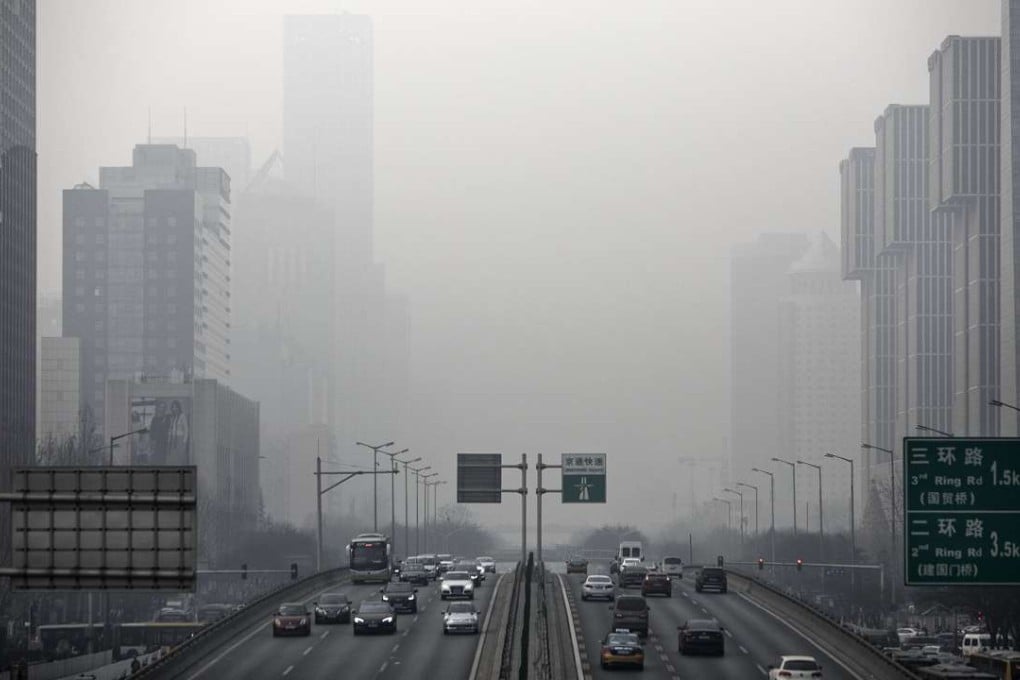Chinese flee smog to go on ‘lung cleansing’ breaks overseas
Big increase in interest in destinations abroad with cleaner air, according to travel firm, while tourist attractions inside the mainland took a hit during the New Year break

Toxic haze that settled over much of China during the last three weeks has triggered a flight reflex among residents, leading to the rising popularity of smog avoidance travel packages to far flung locations such as Iceland and Antarctica.
Traveller’s online keyword searches for terms such as “smog escape,” “lung cleansing” and “forests” had tripled amid the air pollution, according to a report titled “Smog Escape Travel Ranking” from Ctrip.com International. Smog avoidance tourism has become a major theme for winter travel this year, with the Seychelles, Maldives and Iceland touted as getaways with the freshest air, according to the online travel service.
Heavy smog has forced 62 cities including Beijing to issue health alerts since January 1 and hundreds of flights have been cancelled or delayed. More than half of China’s cities suffered medium to severe pollution on January 3 during the latest wave, with PM2.5 - the tiny particles which pose the greatest risk to health - as the main pollutant in most of them, according to the government.
Heavy pollution stretched into the weekend in Beijing, Tianjin and Hebei province before northerly winds blew the smog to southern regions, although hazardous conditions could return after winds subside. The state-run Xinhua news agency reported some schools in Beijing have started installing air purification systems in classrooms.
The Beijing Daily said on Sunday that city officials would shut down 500 high-polluting factories and make 2,560 others upgrade and clean up their operations, while also restricting high-polluting vehicles from the city starting next month.